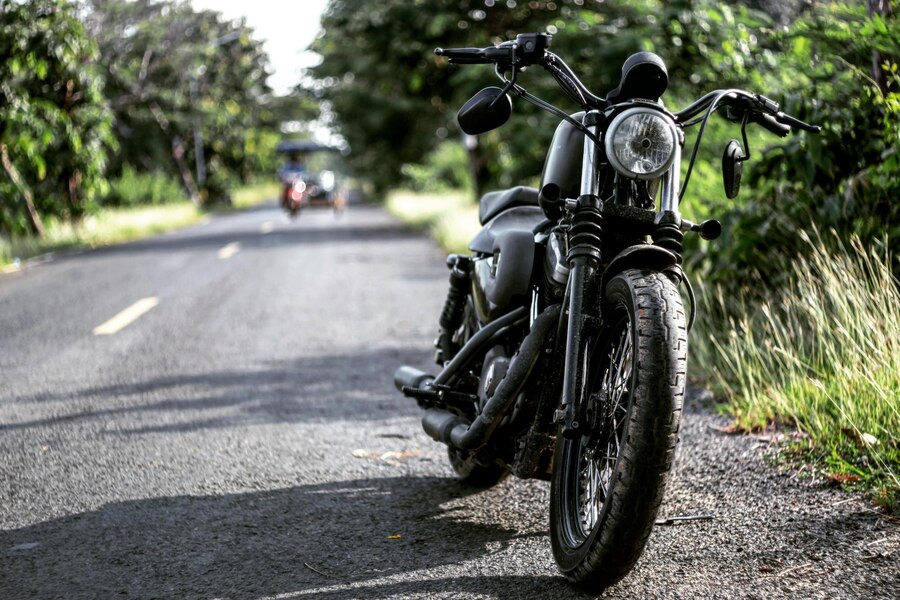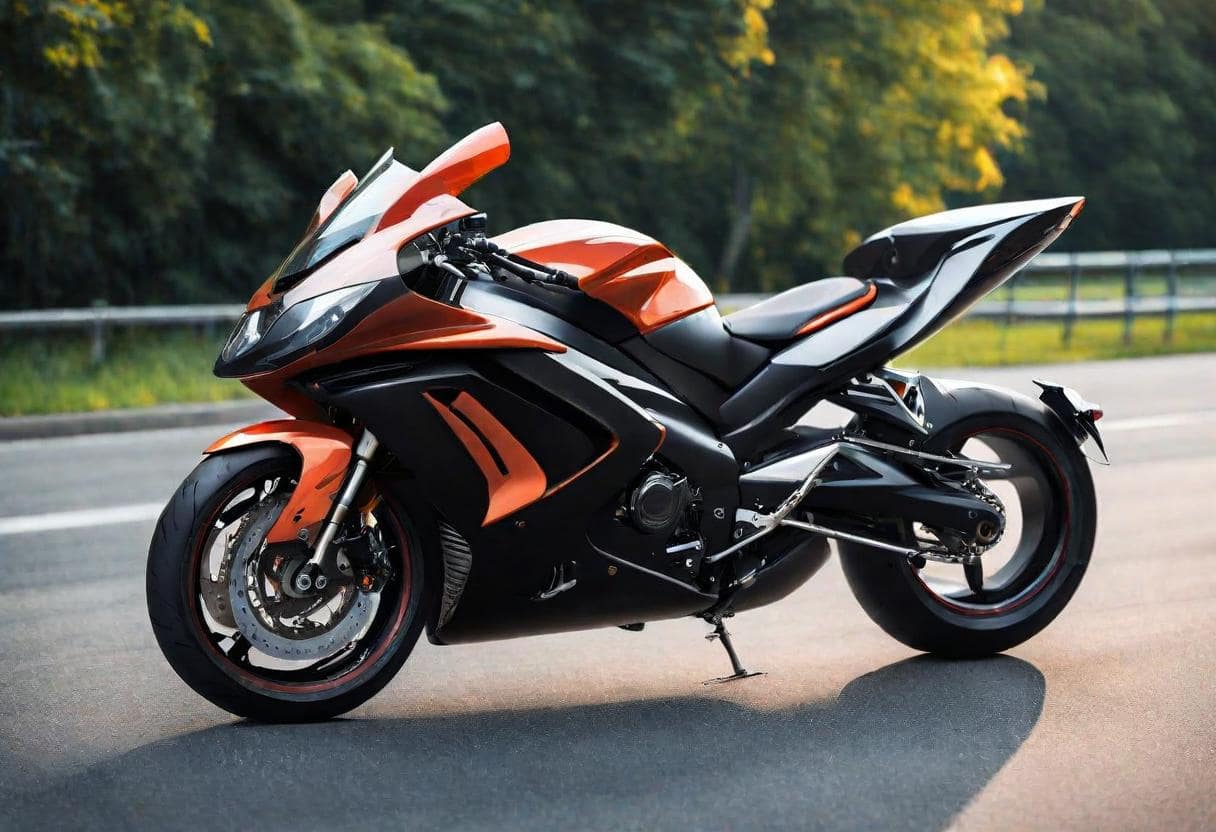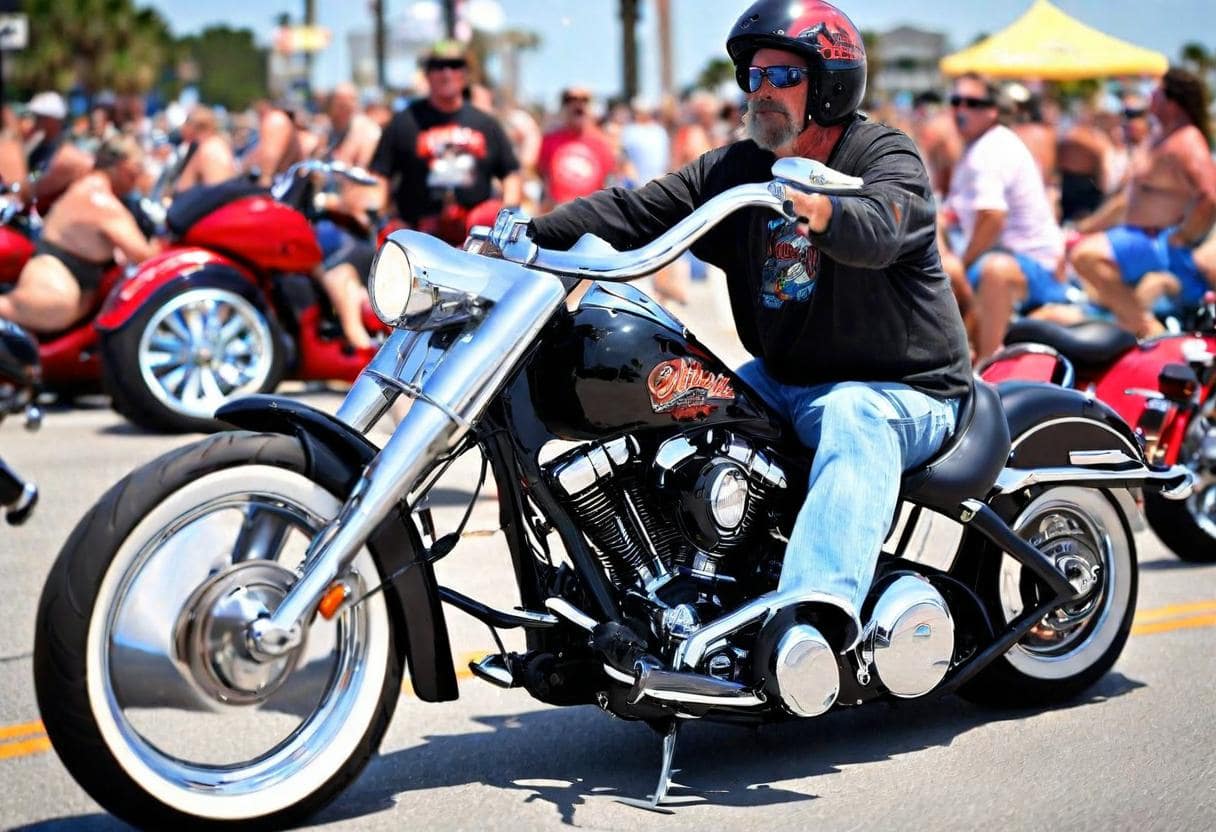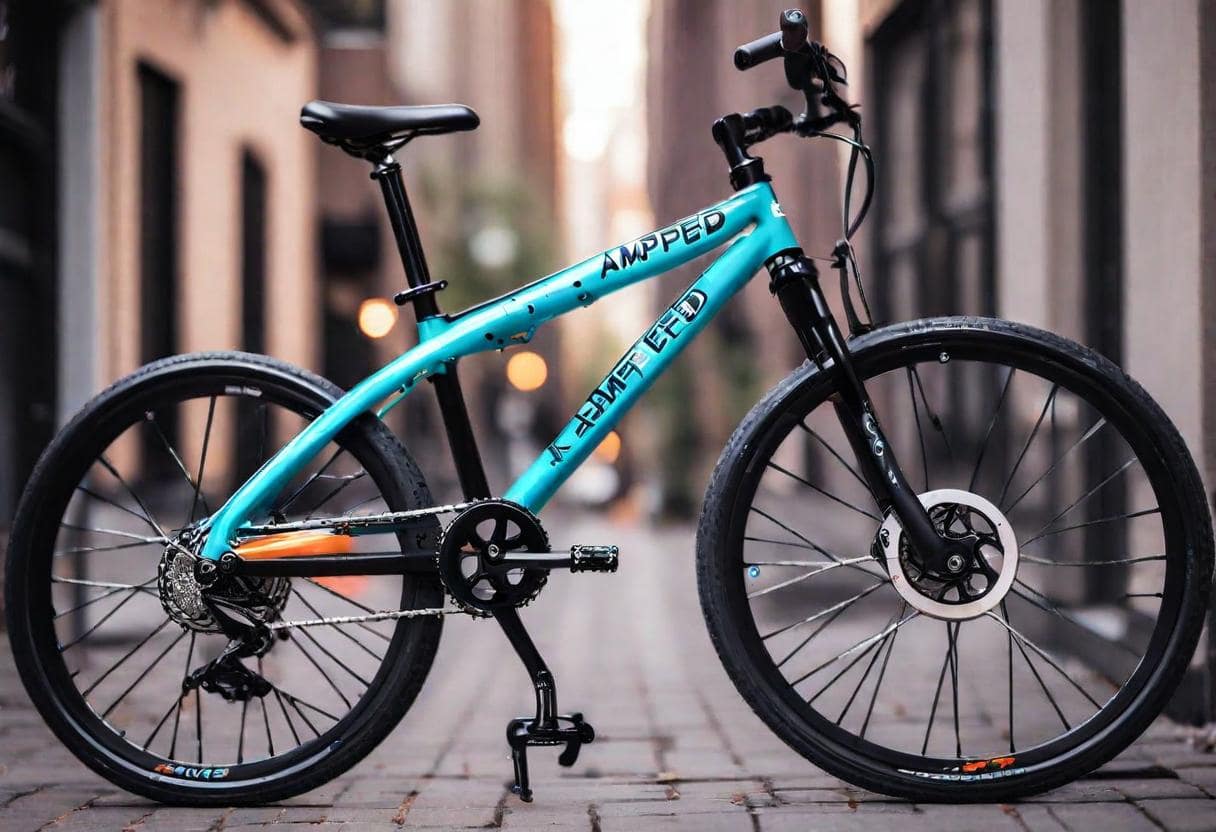Riding a motorcycle is a deeply personal experience, characterized by the thrill of the open road and the symbiotic relationship between man and machine. For some riders, part of the allure lies in customizing their bikes to reflect their individuality and preferences. One such customization that has captured the imagination of motorcycle enthusiasts is the installation of suicide shifters for motorcycles.
Introduction to Suicide Shifters
Suicide shifters, also known as “jockey shifters” or “tank shifters,” represent a departure from the conventional foot-operated gear shifter found on most motorcycles. Instead, they require the rider to manually shift gears using a lever mounted on the handlebars or fuel tank, while simultaneously controlling the throttle.
History and Evolution
The roots of suicide shifters can be traced back to the early days of motorcycling, where riders often modified their bikes to suit their needs and preferences. These modifications eventually led to the development of dedicated gear-shifting mechanisms, giving rise to the iconic suicide shifter.
Understanding Suicide Shifters
What are Suicide Shifters?
Suicide shifters consist of a lever connected to the motorcycle’s transmission via a linkage system. Unlike traditional gear shifters, which are operated by the rider’s foot, suicide shifters require manual manipulation using the hand.
How do they Work?
When the rider wishes to change gears, they must manually lift or push the lever, engaging the desired gear. This direct mechanical connection between the rider and the transmission enhances the overall riding experience, providing a heightened sense of control and engagement.
Pros and Cons of Suicide Shifters
Advantages
- Enhanced Customization: Suicide shifters offer greater customization options for motorcycle enthusiasts, allowing them to tailor their bikes to their specific tastes and preferences.
- Aesthetic Appeal: The presence of a suicide shifter lends a vintage or retro aesthetic to a motorcycle, adding character and personality.
- Improved Control: With a suicide shifter, riders have greater control and responsiveness during gear shifts, resulting in a more dynamic and engaging riding experience.
Disadvantages
- Learning Curve: Mastering the use of a suicide shifter requires practice and patience, particularly for inexperienced riders.
- Increased Complexity: Suicide shifters add an additional layer of complexity to the riding experience, requiring riders to coordinate hand movements with throttle control.
- Compatibility Issues: Some motorcycle models may not be compatible with suicide shifters due to differences in transmission and linkage systems, limiting their accessibility.
Types of Suicide Shifters
There are several variations of suicide shifters available to riders, each offering unique features and benefits.
Traditional Jockey Shifters
Traditional jockey shifters consist of a single lever mounted on the handlebars, allowing the rider to shift gears with a simple up or down motion.
Tank Shifters
Tank shifters are similar to jockey shifters but are mounted directly on the motorcycle’s fuel tank, offering a streamlined look and ergonomic design.
Hand Clutch and Jockey Shifters
Hand clutch and jockey shifters combine the functionality of a suicide shifter with a hand-operated clutch, providing riders with a seamless shifting experience.
Customization and Installation
Installing a suicide shifter requires careful planning and precision, as it involves modifying the motorcycle’s transmission and linkage system. Many riders opt to customize their suicide shifters to match their bike’s aesthetic and performance requirements.
Safety Concerns and Precautions
While suicide shifters can enhance the riding experience, they also pose certain safety risks if not used correctly. Riders must familiarize themselves with the operation of the shifter and practice in a controlled environment before taking to the open road.
Riding Tips with Suicide Shifters
Mastering the art of riding with a suicide shifter takes time and practice. Here are some tips to help riders get started:
- Practice in a Safe Environment: Start by practicing shifting gears in an empty parking lot or secluded area where you can safely familiarize yourself with the shifter’s operation.
- Maintain a Firm Grip: Keep a firm grip on the handlebars while shifting gears to ensure stability and control.
- Anticipate Gear Changes: Anticipate upcoming gear changes and adjust your throttle accordingly to maintain a smooth and seamless riding experience.
Maintenance Guide
Regular maintenance is essential to keep suicide shifters in optimal condition. This includes lubricating moving parts, inspecting linkage connections, and adjusting cable tension as needed.
Legal Considerations
Before installing a suicide shifter, riders should familiarize themselves with local laws and regulations regarding aftermarket modifications. Some jurisdictions may have specific requirements or restrictions regarding gear shifting mechanisms.
Popular Myths Debunked
Despite their popularity among motorcycle enthusiasts, suicide shifters are often surrounded by myths and misconceptions. Let’s debunk some common myths:
- Myth: Suicide shifters are illegal.
- Fact: While regulations vary by location, suicide shifters are legal in many jurisdictions when installed and operated correctly.
- Myth: Suicide shifters are dangerous.
- Fact: Like any motorcycle modification, safety depends on proper installation and rider skill. With proper training and practice, suicide shifters can be used safely.
Riding Experience: Testimonials
Many riders swear by the thrill and excitement of using suicide shifters. Here are some testimonials from experienced riders:
- “The transition to an automatic shifter revolutionized the way I approached riding, profoundly enhancing my overall motorcycle experience. It’s like being connected to the bike on a whole new level.”
- “Once you get the hang of it, shifting gears with a suicide shifter becomes second nature. It’s all about finding your rhythm and enjoying the ride.”
Future of Suicide Shifters for Motorcycles
As motorcycle technology continues to evolve, the future of suicide shifters remains bright. With advancements in materials, design, and manufacturing techniques, riders can expect even more innovative options in the years to come.
Conclusion
Suicide shifters represent more than just a gear-shifting mechanism – they embody the spirit of individuality, customization, and passion for motorcycling. Whether you’re a seasoned rider seeking a new challenge or a newcomer looking to elevate your riding experience, suicide shifters offer a unique blend of tradition and innovation that is sure to leave a lasting impression.
FAQs
User What is a suicide shifter on a motorcycle?
A suicide shifter, also known as a jockey shifter or tank shifter, is a type of gear-shifting mechanism commonly found on custom-built motorcycles. Unlike traditional motorcycles with a foot-operated gear shifter, a suicide shifter requires the rider to manually shift gears using a lever mounted on the handlebars or fuel tank. This manual operation allows for a more direct connection between the rider and the transmission, enhancing the overall riding experience.
How do you ride a jockey shift?
Riding a motorcycle equipped with a jockey shift requires a slightly different technique compared to bikes with traditional foot shifters. To ride a jockey shift motorcycle, the rider must use their hand to manually shift gears by lifting or pushing the lever mounted on the handlebars or fuel tank. This action should be coordinated with controlling the throttle to ensure smooth gear transitions. Additionally, riders should practice in a safe and controlled environment to become accustomed to the unique feel of riding with a jockey shift.
When did Harley go to foot shifter?
Harley-Davidson introduced the foot shifter, also known as a foot-operated gear shifter, in the early 1920s. Prior to this, Harley motorcycles were equipped with tank shifters or hand shifters, which required manual operation by the rider’s hand. The transition to foot shifters marked a significant evolution in motorcycle design, offering riders a more convenient and intuitive way to change gears while riding.
Do you need to clutch when shifting a motorcycle?
In most cases, yes, you do need to engage the clutch when shifting gears on a motorcycle. The clutch is essential for disengaging the transmission from the engine, allowing the rider to smoothly transition between gears. However, some motorcycles are equipped with automatic or semi-automatic transmissions that eliminate the need for manual clutch operation. Nonetheless, for motorcycles with manual transmissions, proper clutch control is necessary to ensure smooth and precise gear changes, optimizing both performance and rider comfort.







